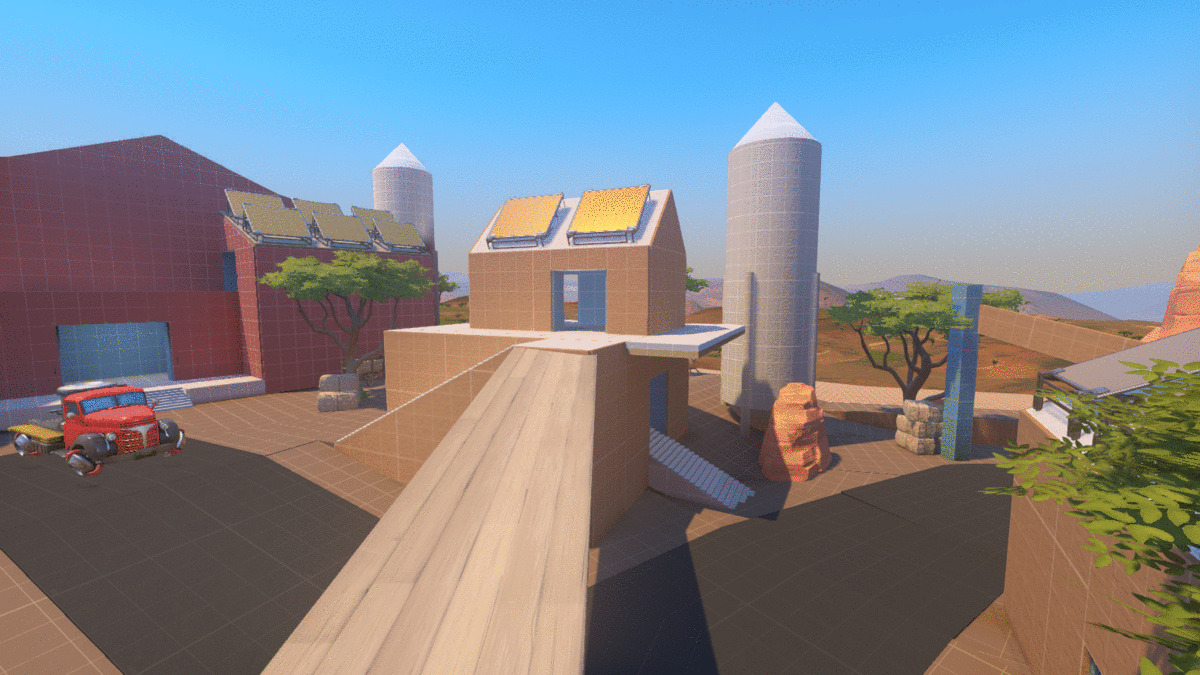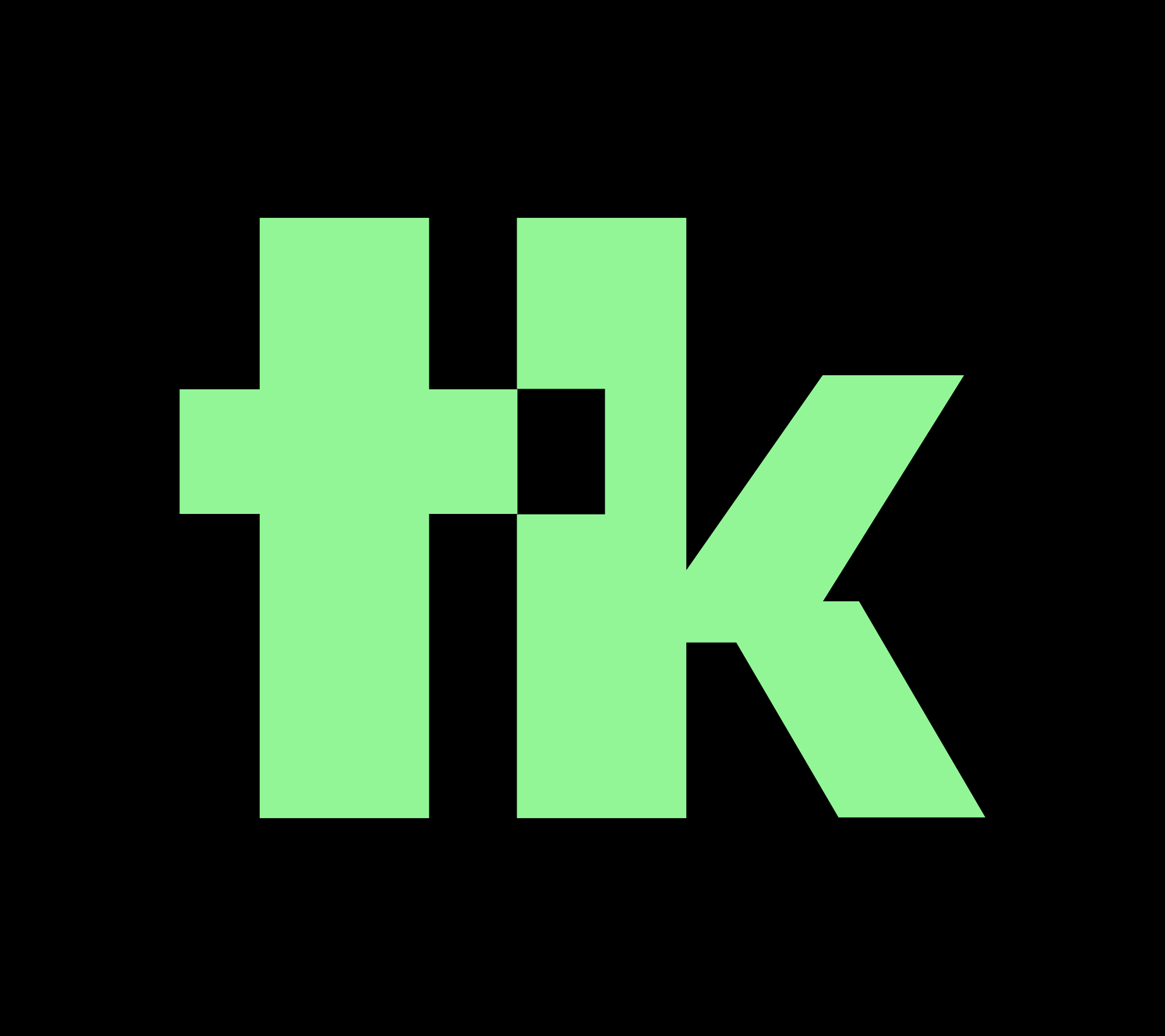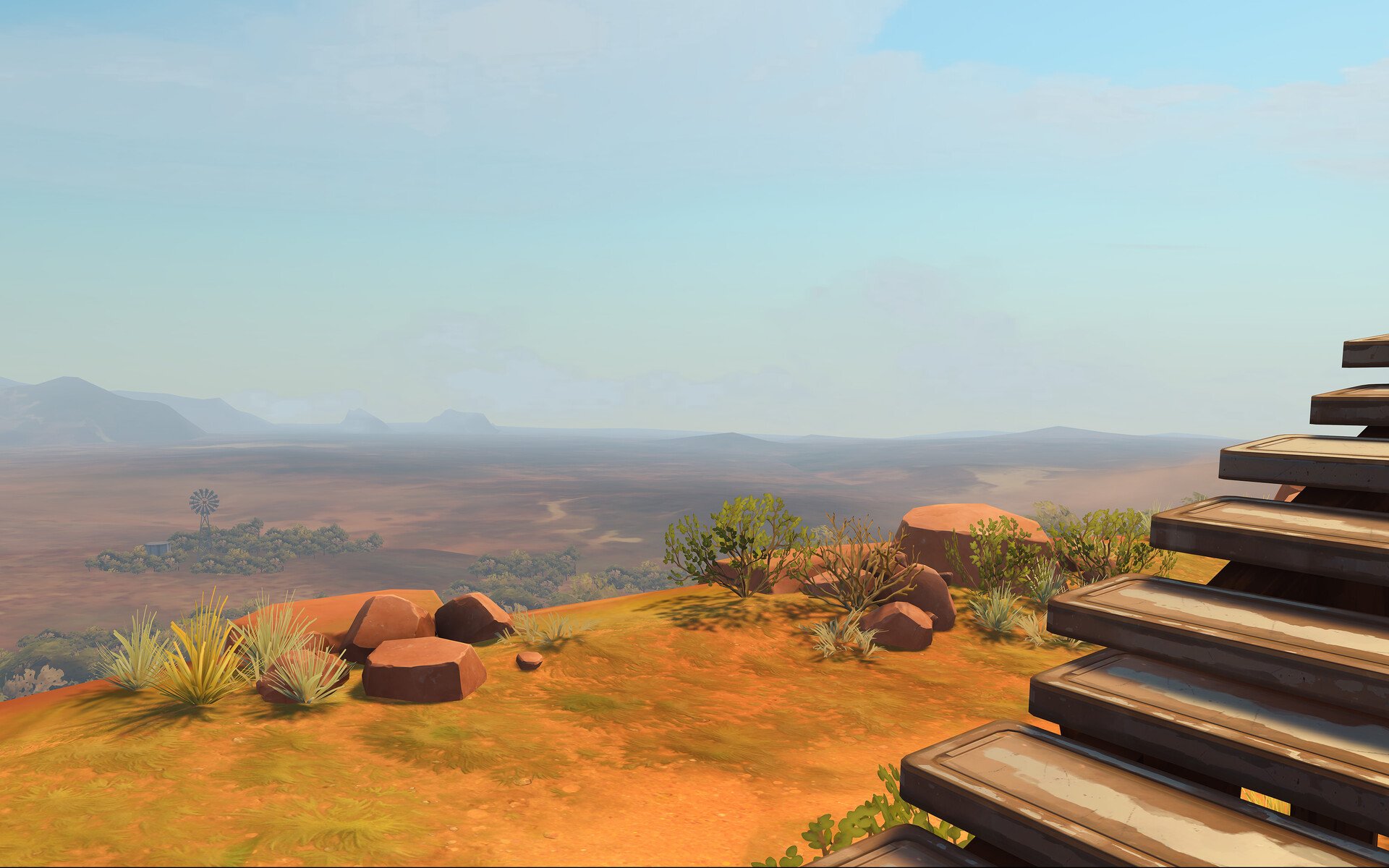I love automating laborious and repeatable steps in my work (and life). There is so much to do and to enjoy, and if we are not smart about managing our time, life passes by and we achieve only a fraction of what we want.
For me, this not only applies to automating obvious tasks, such as batch exporting pieces instead of exporting one by one, but also to mental aspects. I see this as “programming” new software to my brain, so I can relieve it from unnecessary power-consuming tasks.
One way that I do that, is by creating rules that I follow blindly. Questioning things takes a lot of metal work, and is a necessary tool to survive and evolve, but sometimes it’s better to just trust blindly, have faith if you may. Of course these “rules” can be updated, removed, or changed any time, and that’s part of the process of developing your own system. But there comes a point that you have worked on so many different projects, that you can see the big picture more clearly, and notice mental tasks that you can automate.
In this post I want to share one of these rules I came up for myself that has been extremely powerful, and that might be helpful for you too.
The rule is simple:
Finish the task on the same day you start it
One of the more tricky aspects of environment creation (or any creation for that matter) is the time management aspect of it. This simple rule allows me to define the scope of my work session and make sure I’m never noodling on anything (a big problem I used to have, usually it comes down from indecision).
By this, I don’t mean you have to finish what you start in one day. I just mean that when you start your work session, you set yourself a goal, and stick to it, no matter what result you will get. The goal is to solve one major problem per day, and then move on to another problem the next day.
I use this rule for the first 80% of the production of an environment, at which point I throw all rules out of the window and just focus on polishing everything. If there’s anything that I made previously that I don’t like, or doesn’t fit with the rest, I can just remake or polish it in the end. But at least all parts will be in place when I get to the end.
Setting yourself time goals can be the difference between spending months working on a behemoth project that drains and slowly kills you, to spending your time smart, knowing that you will always be making progress.
This idea came to my head when I was working on the Junkertown map for Overwatch. As an example, here’s roughly how I approached my part of the environment art in the outback section, after the level design blockout was handed to me (each bullet point represents my goal for one day)
- Clean up all the interiors (to make sure they had optimal dimensions and stuff)
- Convert all exterior buildings to simple Maya blockouts (this meant that they were just boxes with doors and triangular roof so the player would slide)
- Make a wood wall texture (I like to throw some one-off tasks in the middle to keep it fun)
- Convert the entire ground into one simple ground mesh blockout (with flat colors for where the terrain goes – keeping this asset at this stage for a long time allowed me to quickly adjust the road as we playtested the map and made changes to the layout)
- Simple geometry for one of the buildings
- and so on

Junkertown timelapse
This doesn’t mean that I truly take everything to completion each day. It simply means that finish each day, by leaving my task at a stage that I can move on from. This mean that each day I can start a new task fresh, trusting that the day before I solved more problems than I created (which happens if you leave stuff halfway and forget what you need to do the next day).
If you are interested to see this in action, I talk more about this idea on my Digital Dragons 2018 talk.
I used the same idea to write this blog post. When I sat on the computer, I set myself a 30 minutes timer, and published whatever came out of it. Is this the best post I could write on the subject? Hell no. But it more than achieves my goal.
To me what makes an environment special is the sum of its parts, not the individual pieces. An amazing environment can have a few crappy assets here and there, what matters is finishing the work and realizing your vision.
I hope you find this useful, and will leave a comment below to share your own experiences!
Until next time!



1 Comment
migue
thanks!! for share
cheers from Mexico :)